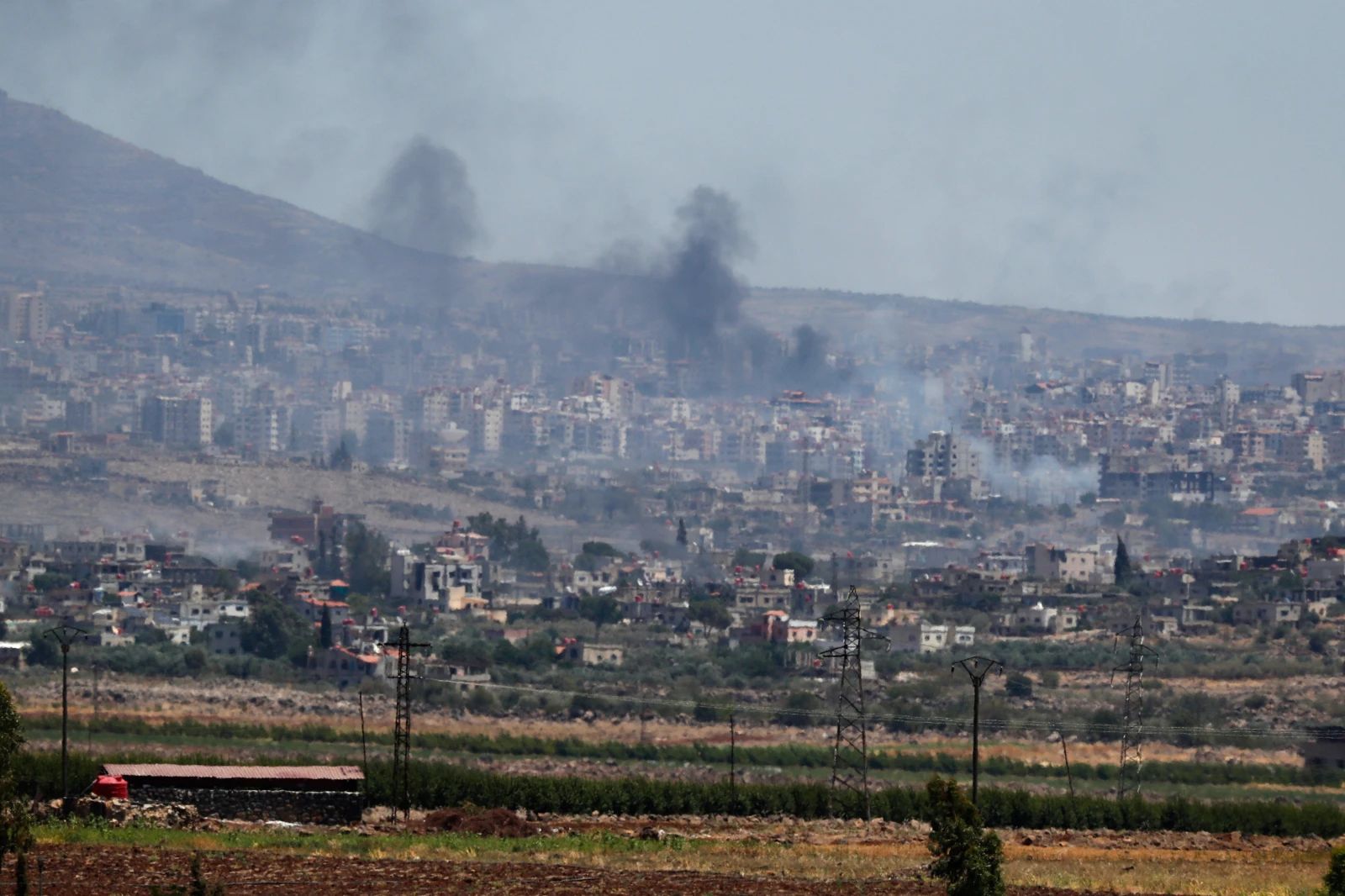- The Situation Room
- Posts
- The Situation Room - July 16th
The Situation Room - July 16th
Good morning everyone,
I’m Daniel, and welcome to The Situation Room! We cover the most high impact geopolitical developments every Wednesday!
Today’s topics:
Ceasefire Announced In Syria After Sectarian Violence
Analysis: Colombia's Total Peace Plan Flounders Amid Sustained Violence
Israeli PM Netanyahu Under Increasing Political Pressure After Political Party Leaves Ruling Coalition
Ceasefire Announced In Syria After Sectarian Violence

By: Atlas
Syria’s Defense Minister Murhaf Abu Qasra declared a “complete cease-fire” in the provincial capital of Sweida at 10:00 a.m. on July 15ᵗʰ, saying an agreement had been reached overnight with “notables and dignitaries” of the Druze community. Government columns that entered the city earlier in the morning were ordered to stop firing and limit action to “sources of fire” only. A dusk-to-dawn curfew took effect, and Interior-Ministry troops began joint patrols with local elders to collect heavy weapons and reopen the main highway to Damascus.
Clashes That Preceded the Deal
Fighting erupted on July 11ᵗʰ after a Druze produce merchant was reportedly robbed and abducted on the Damascus-Sweida road. Militias from Druze villages seized al-Maqwas, a Bedouin quarter of Sweida city; Bedouin fighters retaliated with attacks on Druze towns to the west. By July 14ᵗʰ at least thirty people were dead, according to the Interior Ministry, while the UK-based Syrian Observatory for Human Rights put the toll near one hundred. Government security units dispatched to restore order joined Bedouin groups in several engagements—a move Druze leaders said turned a local dispute into a state assault.
Israel’s Intervention
Israel monitored the violence from across the Golan Heights and struck four Syrian army tanks approaching Sweida on July 14ᵗʰ, saying the armor threatened the Druze minority and violated Israel’s long-standing demand for a demilitarized southern Syria. Prime Minister Benjamin Netanyahu and Defense Minister Israel Katz framed the strike as protecting “deep brotherhood” ties with Israel’s own Druze citizens. Israeli drones hit at least one additional convoy on July 15ᵗʰ after Druze cleric Sheikh Hikmat al-Hijri accused Damascus of shelling civilians in breach of a tentative truce.
Druze Divisions and Government Goals
Three senior Druze clerics first endorsed the cease-fire, urging fighters to hand over weapons and work with the Interior Ministry. Hours later al-Hijri disavowed the statement, claiming government forces resumed indiscriminate fire once inside the city and calling for “international protection.” Damascus, eager to project authority after Islamist-led rebels ousted Bashar al-Assad in December, cast the clashes as criminal unrest rather than sectarian war and insisted it views the Druze as partners in national unity. Interior officials say military police will remain until “outlaw groups” disarm, then hand local security to regular police.
What Comes Next
First tasks include verifying casualty numbers—monitors say up to 135 dead over 48 hours—and ensuring Bedouin and Druze captives freed during negotiations stay safe. UN Deputy Special Envoy Najat Rochdi urged all parties to turn the cease-fire into a broader dialogue on minority rights. Israel signaled it will strike again if Syrian armor redeploys near the Golan, keeping pressure on Damascus to demilitarize the south. Without credible security and reconciliation, provincial analysts warn Sweida could relapse into violence, inviting more Israeli intervention and prolonging hardship for civilians caught between rival militias and competing state interests.

Reply